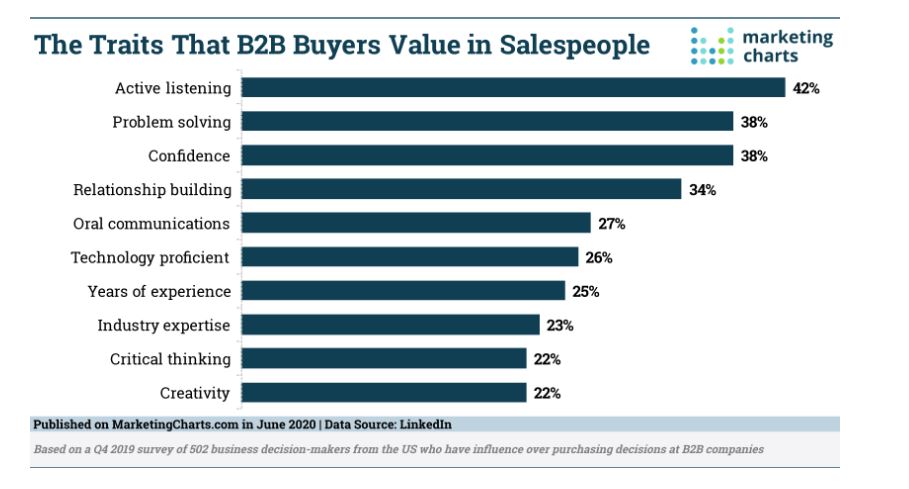I have been blogging for nearly half my advertising agency ownership life. It is true; the older you get, the faster time flies. And 12 years of blogging has whizzed by. I feel like the Wile E. Coyote and the Road Runner. The Road Runner represents the years in this metaphoric dream. And I’m Wile E. Beep. Beep.
It is hard to think about the future of blogging, podcasting and content creation without wondering if it all is worth the effort. In my TV days, we would call it broadcasting to the ether. You always asked if anyone was listening above the clouds. Did the words, pictures and video make a difference?
New technologies are changing how we communicate. And we are all communicating through endless channels, large and small. With so many of us expressing ourselves, are we really reaching our target audiences? Are we touching the right people at the right time? Are we listening?
In college, I made a short film about a large rock on the main lawn of campus where anyone who had something to say climbed the rock and spoke out. Usually, a crowd would form. My movie short featured one speaker and a small audience. Then one by one, members of the audience all climbed up on the rock; all were speaking at once. Soon, no one was listening; everyone was on the rock speaking to the empty lawn. (By the way, I got a very low grade for my film. The instructor was more into the recently released “Rocky” movie knock-offs). It seems like my little film applies today. We all can speak from the rock, so what is essential as we become our own media outlets?
This is where three keywords become more and more critical: Relevancy, Empathy and Story. To me, empathy is the most important word. You must be able to empathize with your audience. Our thinking should be, “What does my audience need to hear? And not, “What do I want to say?”
You can’t blog this long about marketing and not be optimistic. Each new change has brought incredible opportunities to do things better and with more relevance. Ideas will always lead us forward.
Cheers.
Blog note: This is the last blog of 2021. There are times when readership is extremely low, and this is the lowest time. The weeks surrounding holidays always have low readership, so I’ll take a break. Thank you for reading.
Mark Mathis III is chief creative & strategy officer, partner and cofounder of AMPERAGE Marketing & Fundraising.










